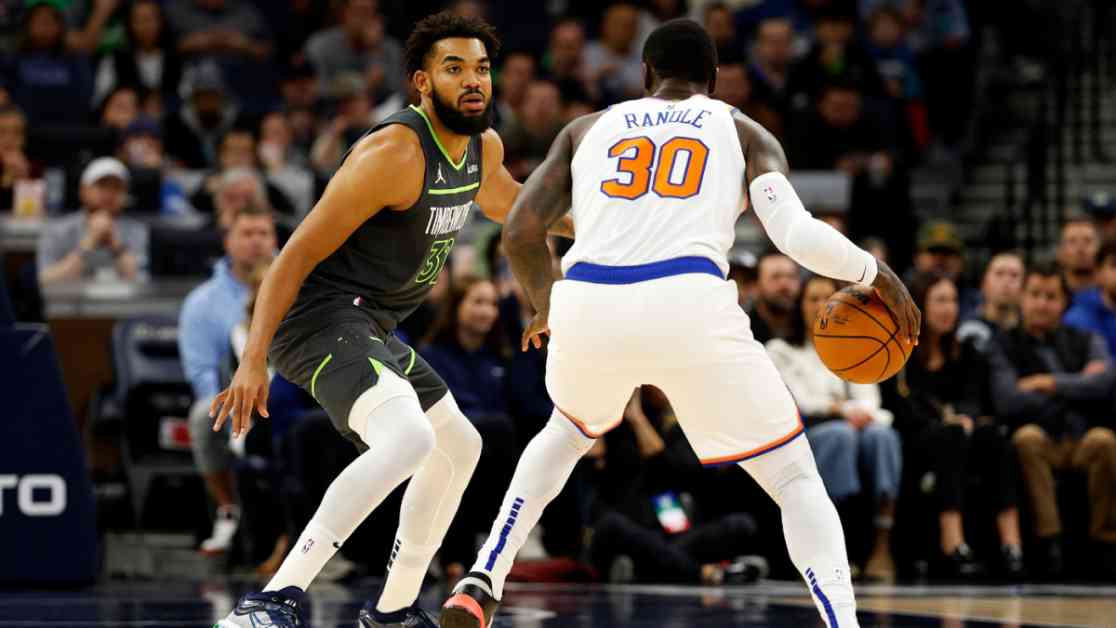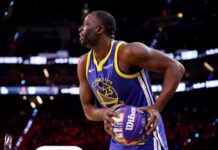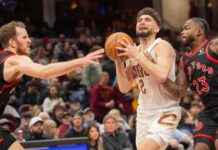The blockbuster trade between the New York Knicks and Minnesota Timberwolves involving Karl-Anthony Towns is a significant move that has shaken up the NBA landscape just days before the start of the new season. Both teams have taken bold steps to address their respective needs and aspirations, with the potential for mutual benefit in the long run.
New York Knicks: B+
The Knicks were faced with two major challenges heading into the upcoming season. Firstly, they needed to address the void left at the center position due to Isaiah Hartenstein’s departure and Mitchell Robinson’s injury. Secondly, they had to navigate the long-term implications of Julius Randle’s contract, considering his fit within the team’s evolving roster dynamics.
The acquisition of Karl-Anthony Towns addresses both of these issues in a single move. Towns brings versatility to the frontcourt, capable of playing either power forward or center, which aligns well with the Knicks’ existing investments in Robinson. His exceptional shooting ability, especially from the center position, adds a new dimension to the team’s offensive capabilities.
While Towns may pose defensive challenges, the Knicks are well-equipped to mitigate them with their defensive personnel. With Robinson alongside him, Towns can excel in pick-and-roll situations and contribute significantly on both ends of the floor. The Knicks’ defensive prowess, combined with Towns’ offensive skills, creates a formidable combination that could elevate the team’s performance.
The departure of players like DiVincenzo and the financial implications of Towns’ contract may pose challenges for the Knicks in terms of depth and future flexibility. However, the potential upside of having a player of Towns’ caliber on the roster outweighs these concerns. The Knicks have made a bold move to enhance their championship aspirations, and the risks associated with the trade are justified by the potential rewards it offers.
Minnesota Timberwolves: B+
The decision to trade Karl-Anthony Towns was a strategic move by the Timberwolves, driven by financial considerations and the need to optimize their roster composition. Towns’ max contract and inconsistent performance in key playoff games made him a candidate for trade, especially given the constraints imposed by the new collective bargaining agreement.
In acquiring Julius Randle, the Timberwolves have secured a more cost-effective option at the power forward position. Randle’s playmaking abilities and scoring prowess provide valuable support to players like Anthony Edwards and Mike Conley, enhancing the team’s offensive capabilities. While Randle may not match Towns’ shooting prowess, his fit within the roster dynamics offers a more balanced approach to team composition.
The flexibility afforded by Randle’s player option for the 2025-26 season gives the Timberwolves room to reassess their roster and make adjustments as needed. The acquisition of DiVincenzo adds depth and versatility to the team, providing additional options for lineup configurations and defensive matchups.
Overall, the Timberwolves’ decision to trade Towns reflects a strategic shift towards a more sustainable and versatile roster construction. By balancing financial considerations with on-court performance, the team has positioned itself for future success while maintaining a competitive edge in the present.
Conclusion
The trade between the Knicks and Timberwolves involving Karl-Anthony Towns marks a significant moment in the NBA landscape, with both teams making bold moves to address their respective needs and aspirations. While the Knicks have secured a versatile talent in Towns to bolster their championship ambitions, the Timberwolves have optimized their roster composition by acquiring cost-effective alternatives in Randle and DiVincenzo.
As the new season unfolds, the impact of this blockbuster deal will become clearer, highlighting the strategic decisions made by both teams to position themselves for success in the competitive NBA landscape. The mutual benefits of the trade underscore the dynamic nature of the league and the strategic considerations that teams must navigate to achieve their goals.












